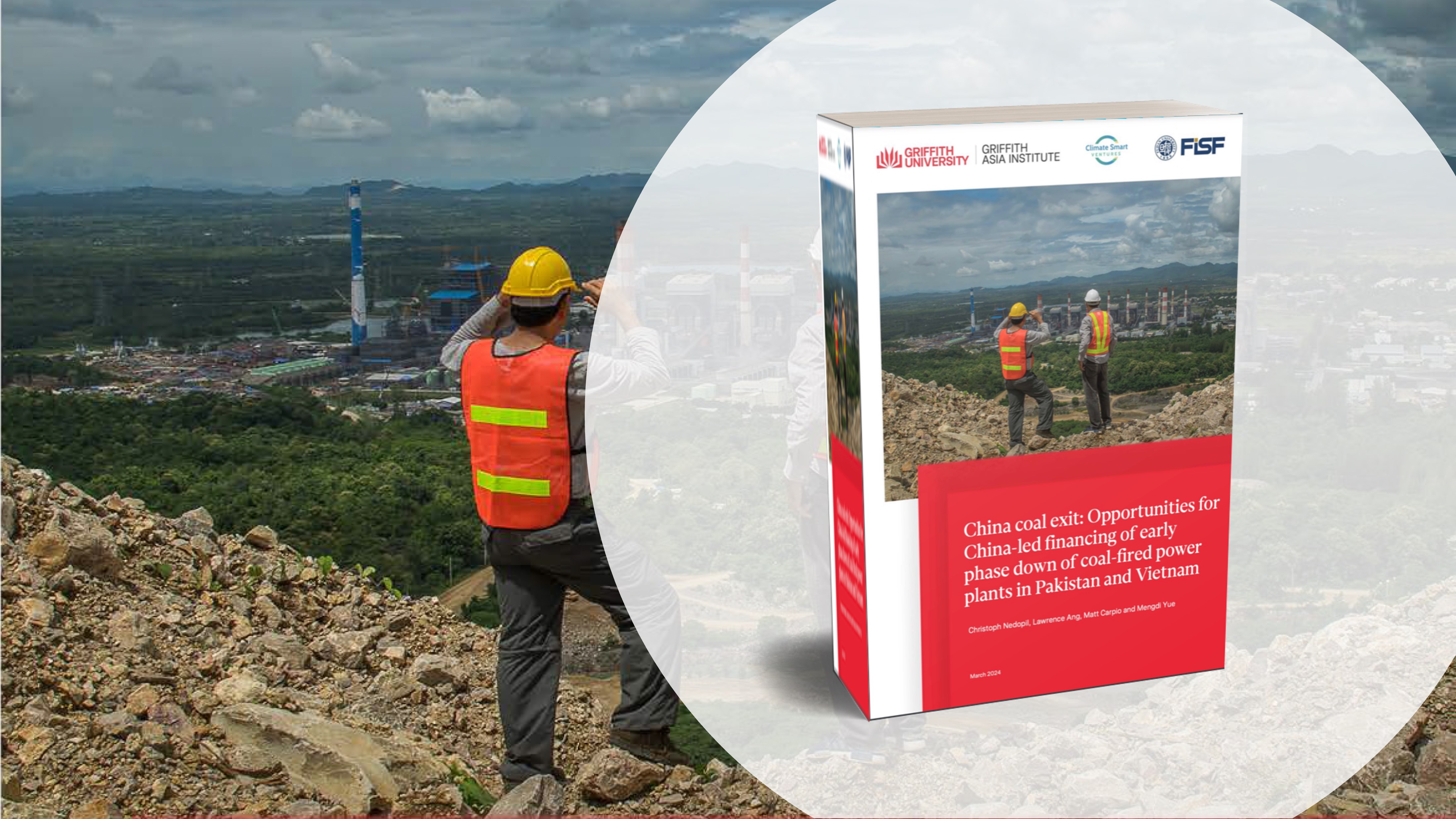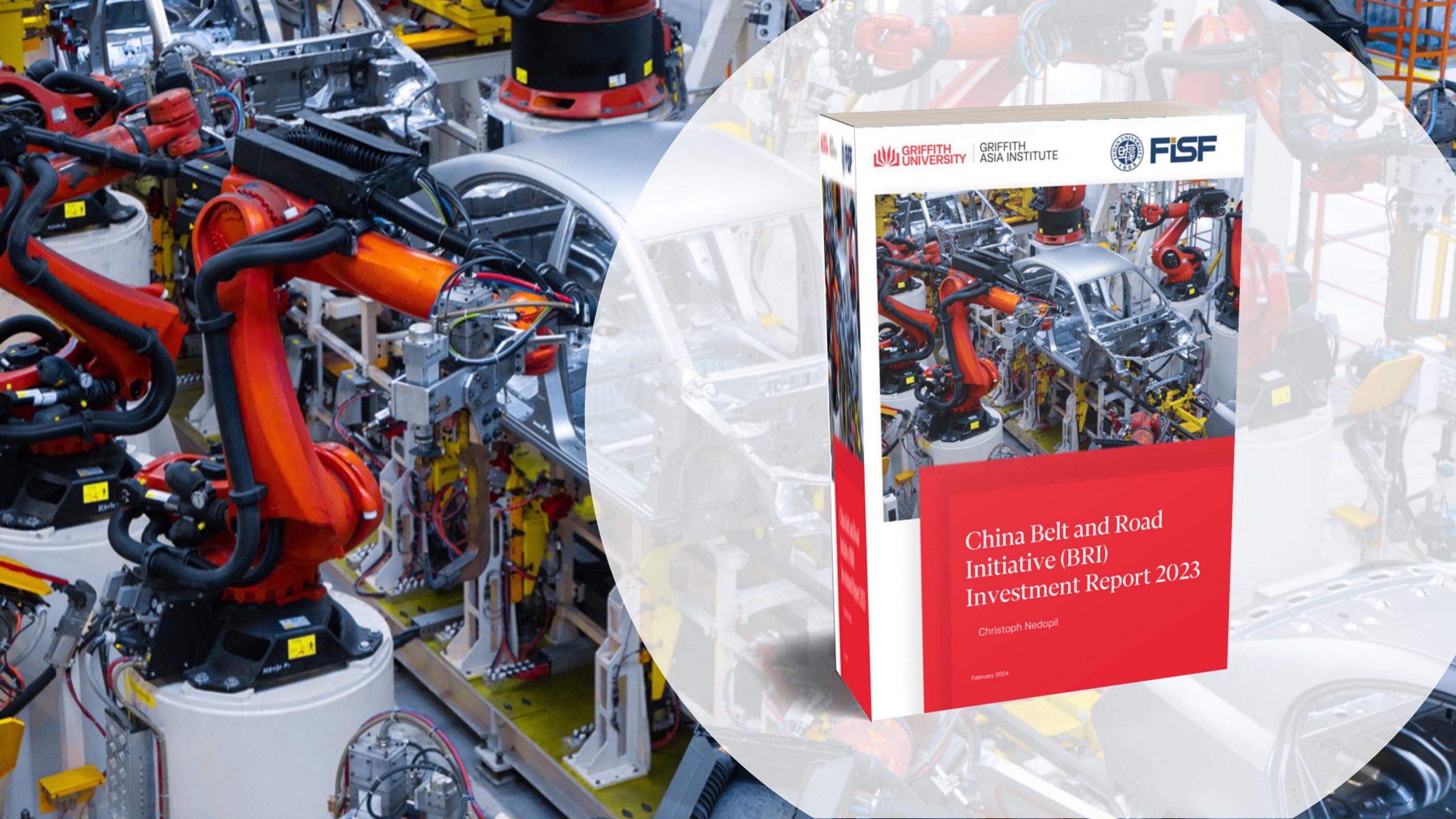Executive Summary
How MDB Characteristics can Address the BRI’s Green Challenges through Financing Solutions, Coordination Activities, and Policy Support
Simply put, global climate and environmental goals can only be met if they are an integral part of the development paths of BRI countries. This is true alone because BRI collectively account for over 30%of global GDP, 62% of population, and 75% of known energy reserves. The central challenges is that today most BRI countries’ environments are deteriorating and their climate change ambitions are misaligned with a 2-degree scenario. This is equally the case towards achieving the SDGs for which these countries are only on track to reach one of the 17 SDGs. While there are numerous ways to green the BRI, MDBs can play a key role. As such, this piece provides an analysis of the current greenness of the BRI, an identification of key MDB characteristics, and an assessment of how MDBs can contribute to greening the BRI.
A range of estimates exist on the scale of capital needed for the BRI. The most commonly cited estimate of total financing needed is that the BRI will cost more than $1tn by 2027, such as referenced by Morgan Stanley.[1] As the high end of the range an often mentioned $8tn total financing figure stems from a Hong Kong Economic Journal article citing experts of the State Council[2]. This can be seen in the context of a general need for infrastructure investment in Asia of $22,6tn from 2016 to 2030, which is increased by 13% if adjusted to be climate change compatible.[3] According to the Organization for Economic Cooperation and Development’s (OECD) estimates, climate compatible infrastructure is 10% more expensive, while these costs will be offset three times over by the resulting fuel savings.[4] Given the unsustainable development trajectory and the infrastructure investment need, the BRI poses both a challenge in meeting financing needs while simultaneously making this financing sustainable.
While the Chinese proportion of this financing is increasing, more than half come from European banks today. While being a Chinese initiative, the BRI is an open ended endeavor with all participating countries able to shape the sustainability of the BRIs central policies and strategies. While the rhetoric on the BRI continuously mentions sustainability, climate change, and green development, financing in practice draws a different picture. For example, the majority of Chinese energy and transport investment in BRI countries is tied to carbon-intensive sectors. While comprehensive data is lacking, the overarching conclusion can still be drawn that total investment in BRI countries is not supportive of host countries NDCs.
MDBs can contribute to addressing the challenge of greening the BRI through a number of unique characteristics that differ substantially to commercial profit-driven financial institutions, while some characteristics may overlap with national development banks:
- Long-term and stable: MDB financial commitments have substantially longer tenure than commercial banks, and are less vulnerable to economic fluctuations.
- Counter-cyclical: MDBs can counter-balance other investors withdrawing from a country, region, or sector, by increasing their own engagements.
- Concessional terms: MDBs lending at lower interest rate or grace periods reduces the cost of debt for projects, and consequently makes more projects bankable than purely on market terms.
- Know-how & technical assistance: MDBs possess valuable expertise on development finance, often owing to their size and history, combined with their individual, regional, or sectorial priorities.
- Private capital mobilization: MDBs can catalyze private capital at higher leverage rates than other financiers, such as through policy support and specialized financial mechanisms.
Based on their characteristics, MDBs can contribute to greening the BRI in terms of financing, coordination, and policies. These three ways all require prioritization of greening the BRI from MDBs themselves, as well as active participation of BRI countries:
- Financing and capacity solutions
For the context of the BRI this is particularly important to address four types of challenges.
- An unfavorable institutional environment with frequent policy reversals on green technology support and an unlevel playing field towards fossil fuel projects and companies.
- An over-emphasis of short term returns and lack of ability to accurately include physical and transition climate and environment risks in project assessments.
- A lack of familiarity with green financing tools and ability to develop sustainable projects from projects owner in both the public and private sector.
- The general immaturity of sustainable finance in BRI countries such as lack of sustainability data, standards, tools, in the regional and domestic financial systems.
MDBs can address these issues in the BRI by using their global experience across financing and capacity solutions such as the following:
At the early-stage of its development, MDBs can effectively de-risk sustainable infrastructure projects in practice and perception by using a number of scheme.
- Technical assistance, such as the IFC’s Sustainable Finance Network.
- Risk assessment disclosure, such as by following the FSB- Task Force on Climate Related Financial Disclosure.
- Public private partnership, such as the EIB’s Med5P program.
- Concessional and non-concessional loans, depending on the mandate of the MDB.
- Guarantees and insurance, such as the Global Index Insurance Facility of the IFC.
- Risk sharing facilities, such as the EIB’s Private Finance for Energy Efficiency scheme.
The lack of a pipeline of potential bankable projects and high project development costs are crucial challenges for sustainable infrastructure projects that MDBs can address in a number of ways including:
- Feasibility studies, such as the WB IDA program under the Afghan Ministry of Finance.
- Early stage financing, which is commonly used but often depending on whether an MDB has country presence or not.
- Special purpose vehicles, such as the AfDB’s involvement in establishing the Lake Turkana Wind Project
- Project preparation facilities, such as the ADB’s Green Finance Catalyzing Facility being implemented in China and ASEAN.
- Coordination activities
With their intergovernmental backing, development-oriented mandate, and authority in financial markets, MDBs can play a key role in coordinating efforts between stakeholders in the BRI. Directly towards the Chinese side of orchestrating the BRI, MDBs can influence and support the development of strategic policies, Chinese financial institutions sustainability practice, and Chinese enterprises involvement in BRI projects. Highlighting the potential of this role, at the 2017 BRI Forum 6 MDBs signed an MoU with the Chinese Ministry of Finance. Furthermore, the EBRD plays an active part in working with the Chinese government in involving Belarus in the BRI. Towards all stakeholders, MDBs can contribute to greening the BRI by promoting the adoption of environmental and social safeguards by financiers, by , and by facilitating capacity building by proving fora and platforms for knowledge exchange. With EU countries as MDB members and with great sustainability investment appetite from EU institutional investors, MDBs can assist in guiding and facilitating European involvement in the BRI.
Amongst themselves, inter-MDB coordination has great potential in economies of scale and standard setting. With many MDB instruments and projects overlapping, greater coordination of efforts can avoid competition that crowds out private capital or turf-wars that duplicate coordination efforts. Furthermore, MDBs can work as standard setters when speaking with a common voice. This can be used by MDBs expanding their joint reporting being climate financing, to also jointly reporting on their green financing like the IDFC, as well as their climate risks as the EBRD is well in the process of doing. This is equally true for setting green finance standards on sustainable infrastructure best practice, climate mitigation finance tracking under MDB-IDFC, or harmonizing green bond standards such as the EIB’s current effort with China. With China being the world’s largest green bond market, such standardization is critical for the context of the BRI.
- Policy support
At the financial system level, MDBs can contribute to comprehensively greening domestic and regional financial systems covering all financial tools, all relevant regulations, and all stakeholders. Such a comprehensive approach is relevant given the current situation in BRI countries which with few exceptions, financial systems are not actively used as tools for a green transition. In terms of policy and regulatory measures, MDBs can provide technical assistance and facilitate dialogue with central banks and other regulators of the financial system. Together with central and local governments MDBs can turn green policy into bankable projects through a number of the de-risking and project preparation financing solutions described in detail above. While some of these tools’ impact has a narrower scope, some of them have potential to influence the greening of the financial system as a whole. An interesting example of a financial tool focused on greening financial systems is the IFC-Amundi Green Cornerstone Bond Fund.
At the economic system level, MDBs can help
regional and local governmental institutions in providing a more beneficial
environment for green investments. For example, through technical assistance MDBs
can assist BRI countries in developing their Nationally Determined
Contributions to the Paris agreement as well as other types of low-carbon and
green scenario planning. As a critical next step, MDBs can help turning NDCs
into a concrete project pipeline through a number of financial and capacity
solutions, such as seen in the ADB Green Finance Catalyzing Facility.
Furthermore, MDBs can provide guarantees and insurance jointly with national
and local government in order to lower projects’ risk exposure to market and
policy instability that are particularly common for green technologies.
[1] Morgan Stanley (2018). Inside China’s Plan to Create a Modern Silk Road. Retrieved from: https://www.morganstanley.com/ideas/china-belt-and-road
[2] Hong Kong Economic Journal (2016). Getting lost in ‘One Belt, One Road’ (一帶一路走入迷) Retrieved from: http://forum.hkej.com/print/130698
[3] Asian Development Bank (2017). Meeting Asia’s Infrastructure Needs. Manila, Philippines: ADB
[4] Organization for Economic Cooperation and Development (2017). Investing in Climate, Investing in Growth. Paris, France: OECD
Mathias Lund Larsen is non-resident research fellow at the Green Finance & Development Center, FISF Fudan University. He is also a dual PhD Fellow at Copenhagen Business School and the University of the Chinese Academy of Sciences (Sino-Danish Center for Education and Research). His research is focused on the political economy of green finance in China from theory to practice, intention to impact, and domestic to overseas.
He has spent more than a decade working on the intersection between China, sustainability, and finance, and speaks fluent Chinese. He has previously held positions in the UN in New York, Nairobi, Bangkok, and Beijing and holds two double Masters degrees in and around political economy from Copenhagen Business School, Rotterdam School of Management, Sciences Po Paris, and Peking University.





Comments are closed.